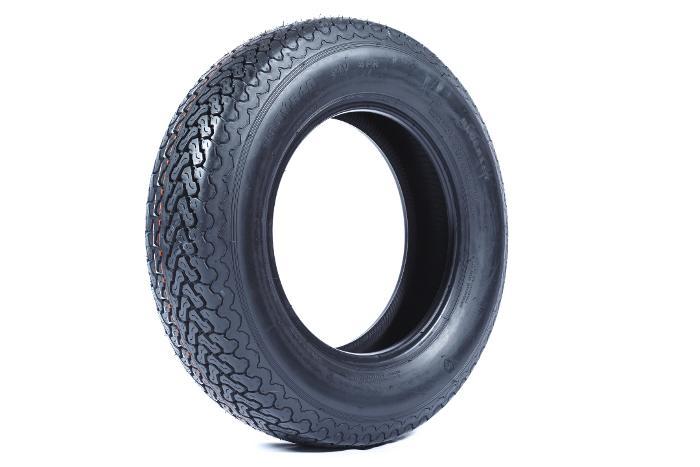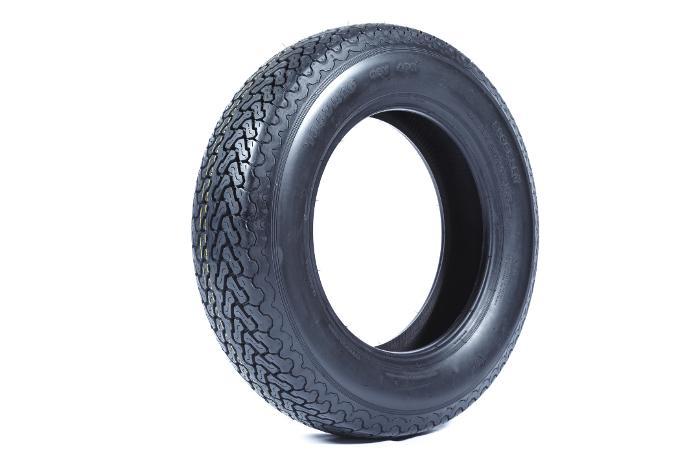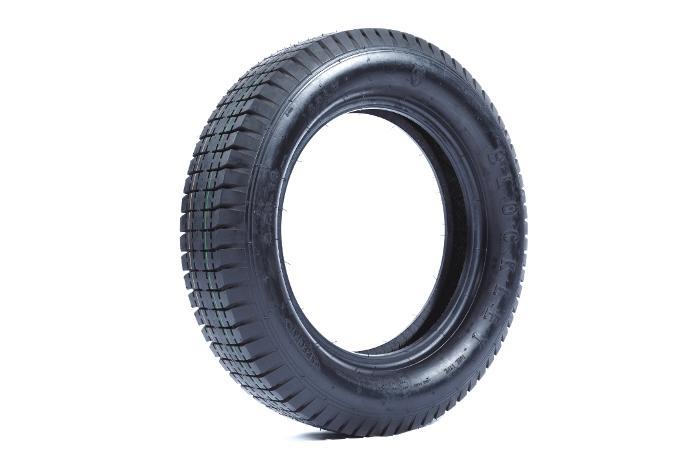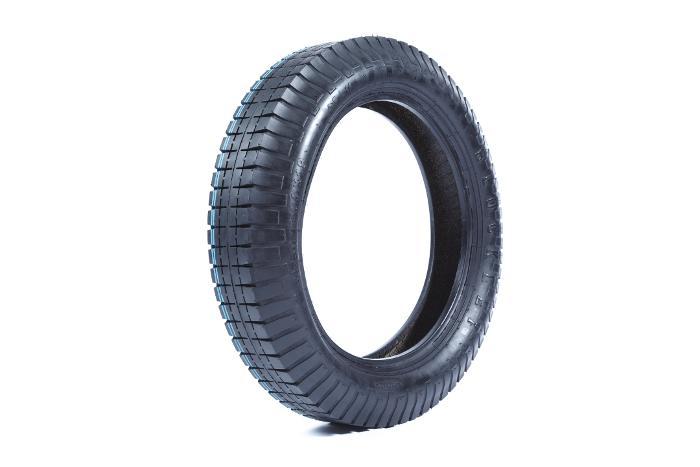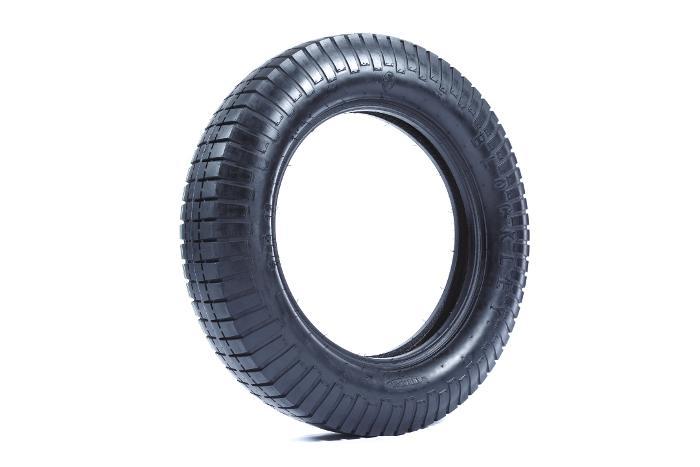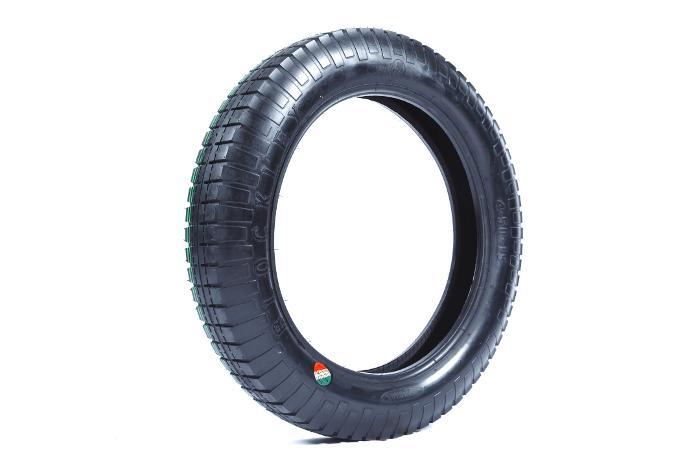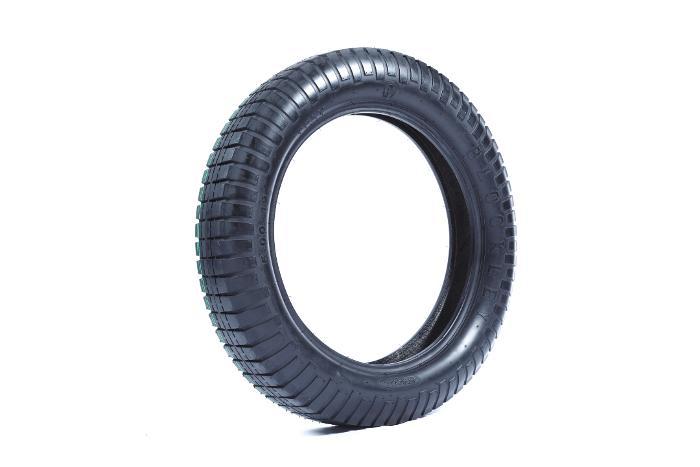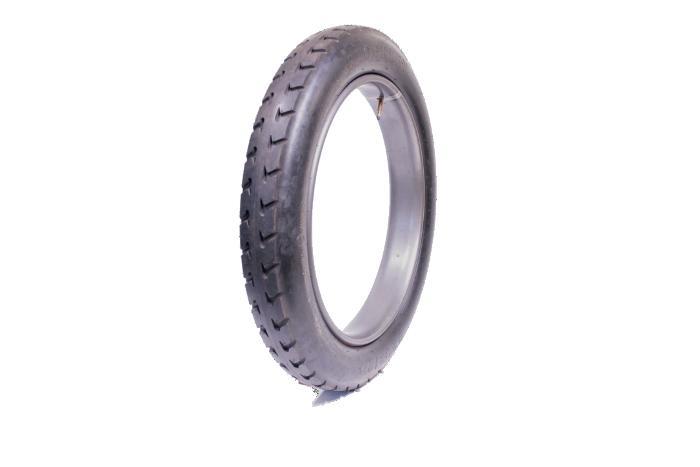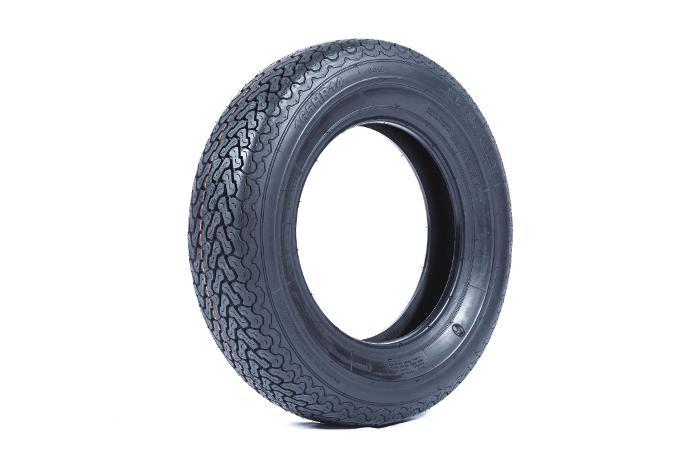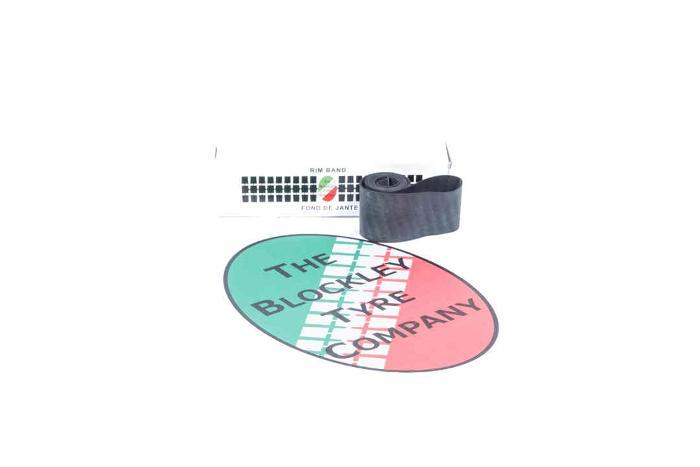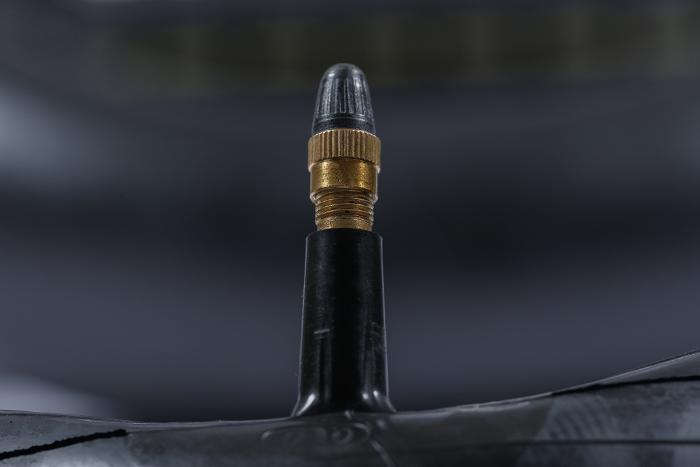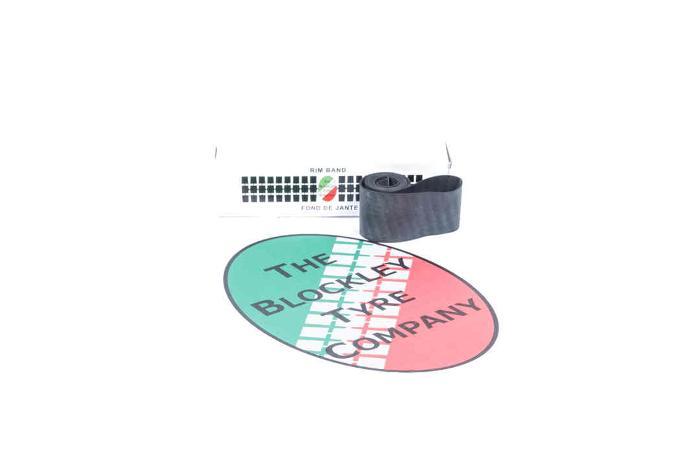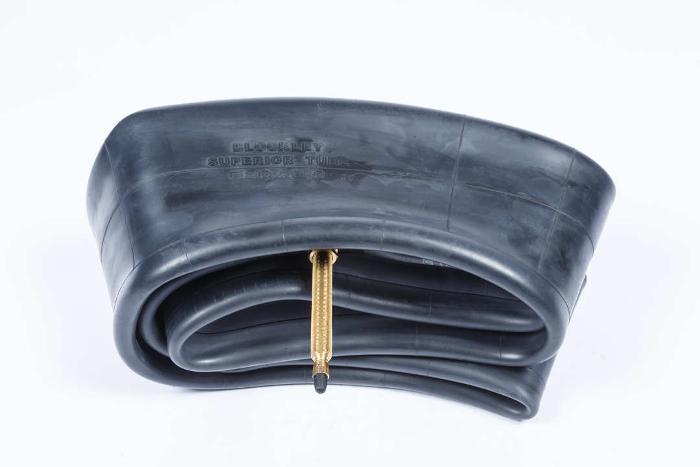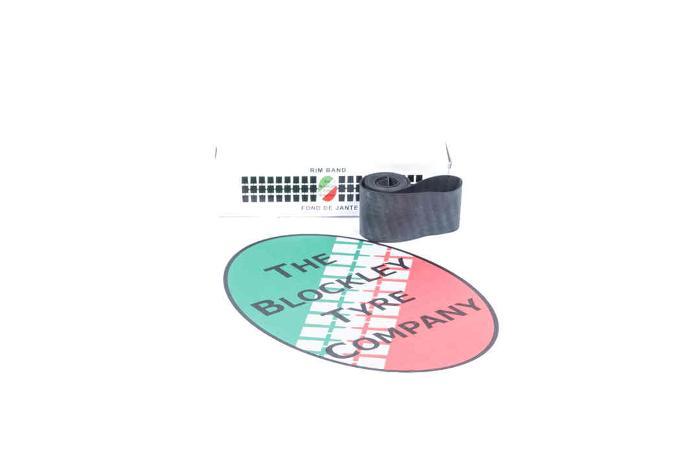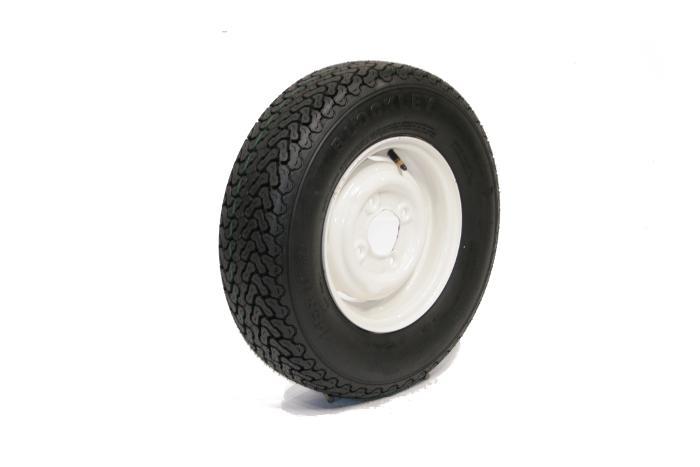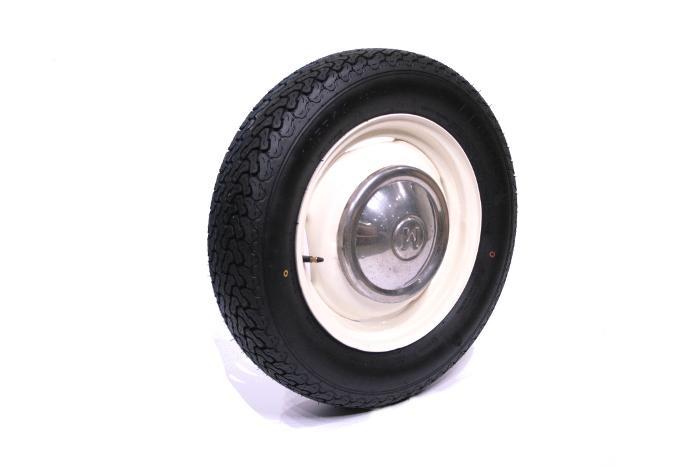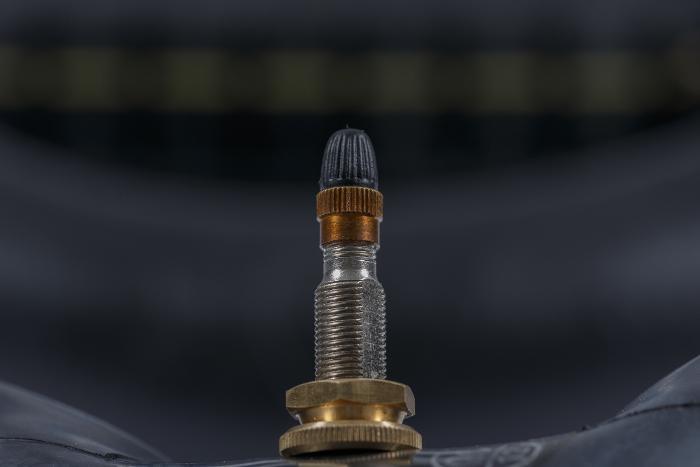Riley
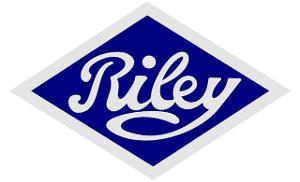
Riley started off in the cycle building industry and moved to building cars in 1907. Riley were responsible for inventing the detachable wire wheel. Starting with various V twin models, Riley started volume production with their 10.9 and 11.9hp side valves , and further accelerated production with the advent of the efficient 1100cc Riley 9 which came in so many formats, including a competition model. The 6 cylinder range started in 1930 with the 14/6 , later 12/6 and finally 15/6 . In 1934 the four cylinder "12/4" 1500cc range was started. Riley made so much variety, and such good quality. There were sporting and race cars too, and the achievements of Freddie Dixon at Brooklands and elsewhere using his special 6 cylinder Rileys was truly awe inspiring. Riley also built a V8 and also branched into the Autovia V8 which was a costly exercise, as well as producing the new 2 1/2 litre "Big Four" for 1937, but the cost of all this coupled with the serious economic downturn, and the huge amount of choice of products on offer, led to cash flow problems at a time just before the war, making the company insolvent. The Riley company was then purchased by William Morris (Lord Nuffiled). Post war there was the 1.5 litre and 2.5 litre RM series cars based on what Riley had made pre war, the engines and other components of which were also supplied to Donald Healey for so many of his post war creations, such as the Healey Silverstone. The name Riley was carried on into the BMC organisation, initially with the Pathfinder (considered the last "real" Riley), the Elf that was a variation on the Mini, and finally the Kestrel which ended production in 1969, after which BMC rationalised it's operation and the marque of Riley finally disappeared.
